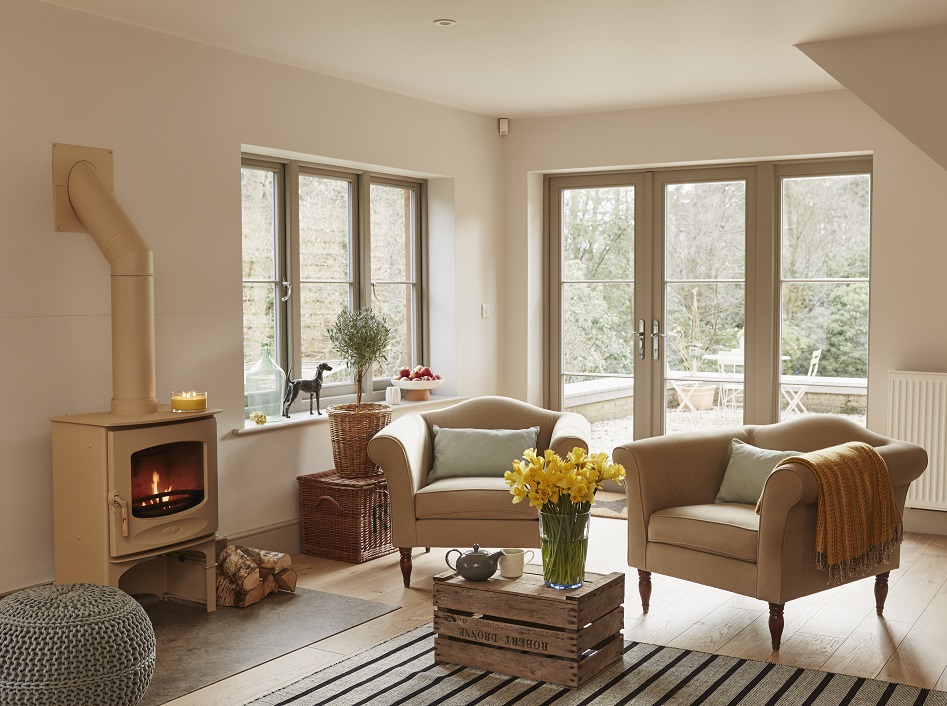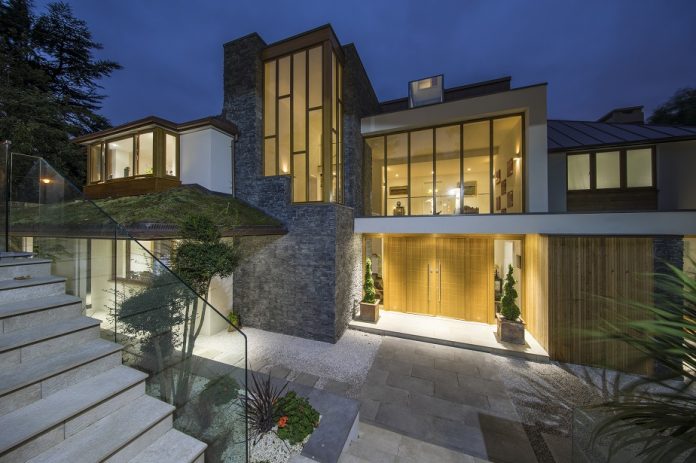Nicola Harrison, General Manager, Bereco says Part Q is a step in the right direction for building security but certification will ensure compliance
The new Building Regulation Part Q came into effect on 1st October 2015. Applicable to new homes and existing buildings that are being converted into new homes in England and Wales, it has brought with it a minimum level of security into the new build housing sector.
Part Q identifies windows and doors located in easily accessible positions throughout the proposed property, namely basement, ground floor and any easily accessible upper floor windows including roof lights. It, in turn, demands these windows and doors have proven security performance to the requirements of the British Standards PAS24:2012 or PAS24:2016 and outlines three ways to compliance.
Firstly, by choosing a window and door manufacturer that test their products in accordance with PAS24 means that if the product passes, it is said the product has met the requirements of PAS24 and in turn Part Q. However, this test report is a report for the product that was manufactured for that test, and that does raise a couple of issues for any developer or architect sourcing windows and doors in this way. The first being that the exact product tested must be the exact product that is used in the property. The second being that the test is a snapshot in time of that product on that day; that doesn’t mean to say the product won’t fail in the future should manufacturing processes change, be updated or amended.
Secondly, by choosing a window and door manufacturer that is part of a high-security third party accreditation scheme the testing of the products is still undertaken. The key benefit here is that as a developer you do not need a test report for every size and configuration of window because the product is tested, the factory production audited, and the product audited yearly to ensure compliance. The certification body are putting their name to the variations from the tested product which gives the same credibility as test evidence so no trawling through test reports playing a potentially costly game of spot the difference.
Thirdly, and currently only applicable to those supplying external door sets and not windows, a manufacturer can comply by constructing their doors in accordance with a set of standards outlined in Appendix B of the Approved Document Q. Some examples of these standards are that the maximum permissible door size is 1000mm wide by 2000mm in height; only doors manufactured from timber density of 600kgs/m3 are considered secure, and the maximum permissible size of the panel is 230mm in width or height. Most doors in the new build sector are a minimum height of 2100mm and a common six-panel door at 930mm overall frame (that then would not comply with Part M) would have a panel width of around 280mm at its smallest dimension.
Certification ensures compliance
From our point of view, testing or certification is absolutely the best route to compliance. As a manufacturer, we have our windows and doors delivered to a UKAS accredited test house where a series of tests are carried out under the rigorous PAS24 test regime. These include; a manipulation test using small tools such as paint scrapers and screwdrivers to attack the product. A glazing removal test using chisels to attack the glazing infill in an attempt to remove the glass. There are also mechanical loading and impact resistance tests, where the impact is imposed on the door’s hinges, locking system and to the body of the door leaf or opener of the window in an attempt to gain entry. For windows and doors to pass all of this, enhanced security features are necessary and have to be designed into the core of the product. This includes features such as; robust frame sections, high-security door cylinders, and 6.8mm laminated security glass to BS EN 356:2000 minimum P1A security standard (6.4mm safety glass is no longer acceptable) on easily accessible windows with non-key locking hardware and external doors and high-security door chains.
In visiting developers and architects I am regularly met with a mountain of questions. The most common question is; “So, I’ve heard about the new Part Q, does my development also now comply with Secured By Design too?” The short answer is no. Part Q is only concerned with the security of easily accessible doors and windows and their installation where the building inspector will demand testing only to prove they are compliant with the requirements of PAS24:2012 or PAS24:2016. Secured by Design certification on a new build development covers not only having enhanced security windows and doors but the manufacturer of the windows and doors must be part of a third party accreditation scheme and hold a Secured By Design (SBD) licence for their products. Also, many other elements are required that add to the security of the overall development such as the design and layout of the property, car parking and lighting and then the physical security aspects of the home such as locking systems and alarms. Further guidance on complying with the developmental requirements of SBD can be found in Secured by Design New Homes 2016.

My advice is to keep it simple if you are developing under SBD. In the first instance you should consult your SBD liaison officer. When sourcing windows and doors for a SBD development, ask for certificates of the high-security third party certification scheme your manufacturer is part of and don’t hesitate to ask to see their SBD license and also their declaration of performance for the P1A security glazing for peace of mind.
The unfortunate reality is that developers and architects working in the new build sector still don’t fully understand the requirements of Part Q; despite the regulation now having been around for over a year and continue to look to us as the window and door manufacturers to ensure they comply. Let’s be honest; it is a bit of a technical one, so we understand why.
Gearing up for these higher security demands outlined in Part Q has forced many manufacturers to look at their designs and to go back to the drawing board to develop compliant windows and door sets. This has involved a significant investment of both time and money to design and test, and in many cases third party certify their windows and doors to continue to give developers and architects choice to develop bespoke new build homes. So while a tested and or certified product may cost that little bit more; it’s cheaper than replacing them when the building inspector has been and issued a notice of non-compliance.
The Future
It is worth noting that while Approved Document Q specifies PAS24:2012 as the required test standard, in February 2016 SBD issued their latest publication of Secured by Design New Homes 2016 which stipulates that windows and door sets should be certified to either PAS24:2012 or PAS24:2016, indicating that PAS24:2012 will be phased out in 2017. While Part Q may be sympathetic until its next revision, SBD demands that to supply a SBD site you will have to achieve a pass under the most up to date standard, that being PAS24:2016. So already we have a building regulation that by early 2017 may be out of date with the latest security standards.
Also, the new regulation currently does not apply to windows replaced in existing homes, but anyone replacing their windows should certainly consider the benefits that a higher security specification can offer to the value and security of their home. I can certainly see demand for Part Q compliant products growing in the domestic replacement window market in the near future.
 Nicola Harrison
Nicola Harrison
General Manager
Bereco
harrisonn@bereco.co.uk



![[Video] Fireco: 80 new fire doors required for residential flats in London](https://www.pbctoday.co.uk/news/wp-content/uploads/2025/04/2024-06-01-Lords-view-one_1200x750_004-218x150.webp)










